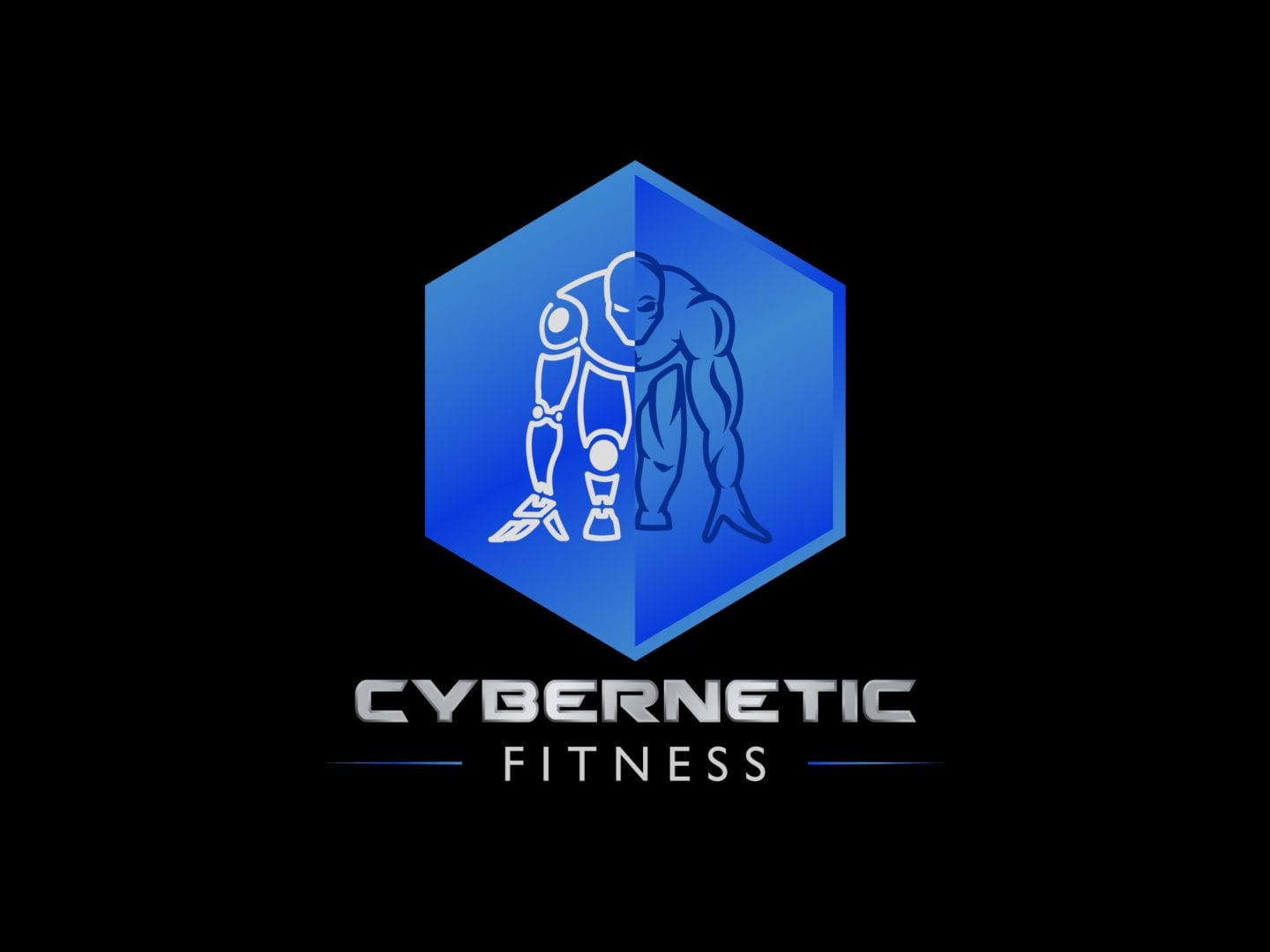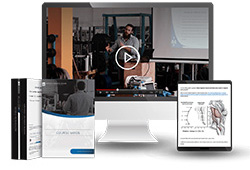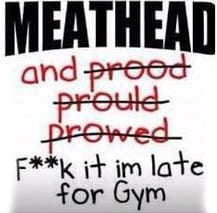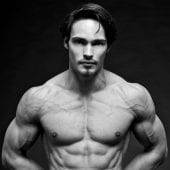The Future of Bayesian Bodybuilding II
As usual, most of what I’ve done in the past months has stayed under the radar. So here’s a short overview of the 7 most important things I’ve been working on. Aside from coaching clients full-time.
1. My review paper on the best rest interval
I used to think it was pretty cool I got published on T-Nation without having any online presence. But this bodybuilding thing, it’s about self-improvement. So I aimed higher this time. A lot higher. The most prestigious journal in exercise science, renowned for its high quality review papers: Sports Medicine.
At the Fitness Summit I met Brad Schoenfeld and we quickly learned we have the same passion for science. So during peer review I got Brad involved to write review sections on his areas of expertise. It was great to work with Brad and it paid off, because the manuscript was accepted without any comments after just 1 round of peer review.
Here’s the e-publication about the best rest interval for muscle hypertrophy ahead of print.
I may write a ‘practial applications’ summary of it, but I made sure the abstract lists all the main conclusions. (Don’t you hate it when a paper’s abstract is an introduction instead of a summary?)
Here’s the abstract with reader friendly formatting.
Due to a scarcity of longitudinal trials directly measuring changes in muscle girth, previous recommendations for inter-set rest intervals in resistance training programs designed to stimulate muscular hypertrophy were primarily based on the post-exercise endocrinological response and other mechanisms theoretically related to muscle growth. New research regarding the effects of inter-set rest interval manipulation on resistance training-induced muscular hypertrophy is reviewed here to evaluate current practices and provide directions for future research.
Of the studies measuring long-term muscle hypertrophy in groups employing different rest intervals, none have found superior muscle growth in the shorter compared with the longer rest interval group and one study has found the opposite.
Rest intervals less than 1 minute can result in acute increases in serum growth hormone levels and these rest intervals also decrease the serum testosterone to cortisol ratio. Long-term adaptations may abate the post-exercise endocrinological response and the relationship between the transient change in hormonal production and chronic muscular hypertrophy is highly contentious and appears to be weak.
The relationship between the rest interval-mediated effect on immune system response, muscle damage, metabolic stress, or energy production capacity and muscle hypertrophy is still ambiguous and largely theoretical.
In conclusion, the literature does not support the hypothesis that training for muscle hypertrophy requires shorter rest intervals than training for strength development or that predetermined rest intervals are preferable to auto-regulated rest periods in this regard.
Take home message: The traditional advice that you have to rest only 30-90 seconds between sets when training for mucle growth is nonsense. All evidence suggests longer rest periods are at least as good and likely even better if a shorter rest interval does not allow you to maintain your work capacity. Proper autoregulation makes bringing a stopwatch to the gym unneeded.
2. My PT Course
My 3 month educational course on program design for physique training has been a great success so far. Many course members are asking to pay for more content and I really enjoy sharing my knowledge. I’m currently teaching week 9 of the second class and I’m considering hosting the class a third time later this year or next year. If you’re interested, drop me a message via email or Facebook.
![]()
3. Roundtable discussion on nutrition myths
Chris & Eric Martinez invited me to their roundtable discussion with several nutrition experts.
Here are my inputs from the discussion for those who missed my announcement on social media. If you want to stay up-to-date with what I’m doing and read my thoughts on things that are too short for a full article, I highly recommend following me on Facebook or Twitter.
Since most of the mainstream myths have been covered, I’ll focus on bodybuilding and go with the myth that you need 1 g/lb (2.2 g/kg) of bodyweight of protein to maximize muscle gain. Since there are so many studies and anecdotes showing the benefits of high protein intakes, it is not surprising that many people think more is even better. What many people don’t realize, is that there is an extensive scientific literature on the optimal protein intake. Studies have been done on competitive bodybuilders on a cutting diet, elite athletes in contest season, males, females, the young, the old and many more populations. Not a single study has found benefits of consuming more than 0.64 g/lb of protein. Not even an outlier with a sketchy methodology, not one!
In fact, the research indicates that protein needs decrease as a result of weight training for two reasons. One, your body adapts to the breakdown of protein during training. And two, as you become more advanced you won’t be able to build as much muscle per training session anymore.
Now you might ask: what’s the harm in consuming too much protein? Excessive protein isn’t harmful per se, but I see many bodybuilders who cut their carb or, more frequently, their fat intake far below healthy and optimally anabolic levels while still consuming excessive levels of protein. Protein is also generally expensive. Most importantly though, I see this knowledge as liberating. You don’t have to consume 1 g/lb of protein every day to build muscle as fast as humanly possible.
If you’re interested in the scientific details of how much protein you need, I recommend you read my review on the optimal protein intake for bodybuilders.
 That moment when you realize your protein intake is excessive. Do you get mad because science falsified your belief? Or are you glad knowing that you can consume less if you want to? The choice is yours.
That moment when you realize your protein intake is excessive. Do you get mad because science falsified your belief? Or are you glad knowing that you can consume less if you want to? The choice is yours.
4. Roundtable discussion on nutrition myths
Speaking of Chris & Eric Martinez, they also invited me to a roundtable discussion about cardio.
Since the search function doesn’t work on the roundtable page, here are my inputs again.
Very few of my clients do any cardio, but I see cardio as a necessary evil at the end of contest prep for many competitors. What’s wrong with cardio? Cardio is no more effective than calorie restriction at preserving muscle or getting lean. In fact, cardio significantly increases the risks of both muscle loss and overtraining.
The muscle loss from cardio is due to the interference effect. Your body cannot become good at endurance and strength training at the same time. These are mutually exclusive physiological adaptations. As a result, your body will find a compromise. Endurance and strength will both improve slightly. In a caloric deficit for an advanced trainee, the interference effect is often sufficient to prevent strength gains or even increase strength loss.
Note that I have competitive standards in mind, as most of my clients are currently physique athletes or want to look as good as one. The average fitness crowd that’s not interested in maximizing muscle mass can certainly combine cardio and strength training (Crossfit, anyone?), but if you’re serious about physique training, cardio is a necessary evil, not a desirable method of fat loss.
So if cardio sucks so much, why do it? At some point, it becomes necessary to avoid nutrient deficiencies, especially in women. Most of my male competitors get to below 2% body fat according to calipers (which of course systematically underestimate body fat percentage in this scenario) without any cardio.
However, most of my (natural) female competitors need to decrease their calories too much to get in contest shape, especially the bikini competitors who don’t have as much lean mass as the others. I very rarely have any of my female clients consume less than 1500 calories every day. It is almost impossible to consume a balanced and healthy diet at that point. Most women neglect their health, thinking it doesn’t matter for their body composition. They end up losing their period way too early and lose a lot of muscle mass when dieting to contest shape. I think the muscular potential of women is greatly underestimated in the fitness world. Most research shows women have a relative muscular potential close to that of men. Health and anabolism feed on each other.
When cardio becomes necessary to maintain a healthy diet and increase the caloric deficit further, LISS cardio is highly preferable to HIIT and both are better than anything in between. Avoiding the interference effect requires using a stimulus that is similar to strength training (HIIT) or a stimulus that does not require much adaptation at all (LISS). Avoiding the interference effect altogether is preferable to minimizing it, so LISS is best in this regard.
The female physiology is well adapted to endurance training and fat burning, so women do even better on LISS than men.
Thirdly, HIIT increases the risk of overtraining and injuries with no advantage to LISS other than saving time.
In summary, advanced male lifters generally don’t need cardio. Women tend to need cardio in the final weeks of contest prep to avoid starving themselves and in that case LISS beats HIIT.
See my article about cardio’s interference effect for a more detailed review of cardio’s risks.
5. Lectures at the AFPT Convention
Norway’s Academy for Personal Training (AFPT), one of the best fitness educations in the world from what I’ve seen, has invited me to give 2 lectures at their next convention in Beitostolen.
My main lecture will be on 15 August and I’ll be speaking about protein, nutrient timing, exercise selection and the optimal training frequency to improve your body composition.
On 13 August I’ll give a scientific review of the same topics, but that is only for the Research & Development team.
6. Cybernetic Fitness
cy·ber·net·ic
[sahy-ber-net-ik]
adjectiveThe study of human control functions and of mechanical and electronic systems designed to replace them, involving the application of statistical mechanics to communication engineering. (Did you know I was once a business consultant specialized in statistical data analysis and Borge was an engineer?)
This is probably the most major project I’m currently working on. Together with Norway’s legendary Borge Fagerli and the web development team behind Examine.com, I’m launching a new website called Cybernetic Fitness. The website will feature the app I talked about in my last update post. Actually, the word app does not begin to justify the complexity of the website’s artificial intelligence. Our tests indicate the artificially intelligent program designer rivals our own coaching results in the majority of clients. Since the mass customization software can perform all the calculations necessary to optimize a training program’s volume, intensity, frequency, macros, nutrient timing, even a full meal plan from our recipe database, in a matter of seconds, this allows us to offer our coaching services for a greatly reduced price.
If you want to stay up to date on the latest developments, including the option for highly discounted cybercoaching, subscribe to our email newsletter.

7. Trondheim seminar
Just 2 weeks from now, I’m hosting a seminar with my friend and associate Borge Fagerli. Our previous seminars were very well reviewed. In an anonymous online survey, literally everyone said they recommended our seminar to their friends, including endorsements from top Norwegian physique athletes. If you live near Trondheim, this seminar will be an excellent crash course into our complete methods. And if you buy a premium ticket, if there are still any left, you get to personally train with Borge or me after the seminar.
Oh yeah, and I moved to Belize 2 months ago after visiting the USA again. I had an amazing time snorkeling in the Caribbean reefs, kayakking with manatees and dolphins in the lagoon and hiking in the tropical jungle. But now I’m on the move again, living in Playa del Carmen at the moment, going to Norway soon for the above projects, and very likely coming to the UK for a big seminar in early 2015.

 Want more content like this?
Want more content like this?
Then get our free mini-course on muscle building, fat loss and strength.
By filling in your details you consent with our privacy policy and the way we handle your personal data.

